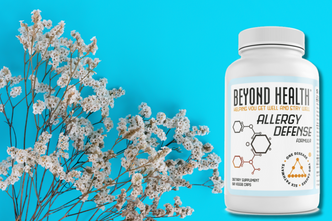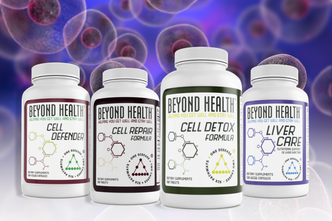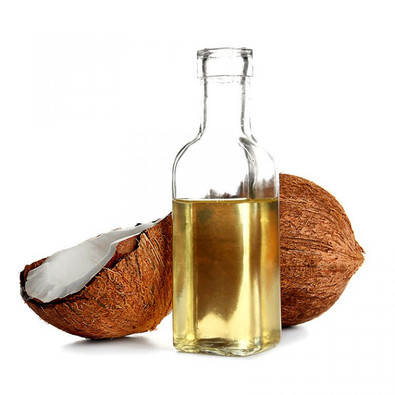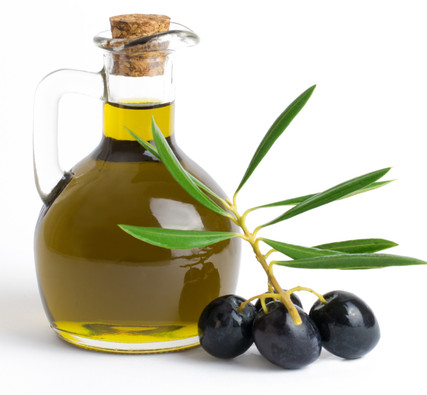Posted by Ralph Panttaja on Apr 10th 2024
Unraveling the Complexity of Health: Understanding the Role of B Vitamins
Welcome to Beyond Health International! Today, we're diving deep into the essence of health and wellness, guided by the insightful words of Dr. Curnutt. For those new to our community, our logo represents a profound concept: one disease, two causes, six pathways. Let's explore this paradigm together.One Disease: Cellular Malfunction At the core of our being, we are composed of millions of cells. These cells form the foundation of our existence, orchestrating every function within our bodies. Understanding health begins with recognizing that cellular malfunction is the root cause of disease. Whether it's diabetes, heart disease, or neurological disorders, they all stem from disruptions at the cellular level.Two Causes: Nutritional Deficiency and Cellular Toxicity Dr. Curnutt simplifies the complex landscape of health by highlighting two primary causes of cellular malfunction: nutritional deficiency and cellular toxicity. Either we lack essential nutrients vital for cellular function,…
read more Fuel your life with the purest vitamins
Fuel your life with the purest vitamins






